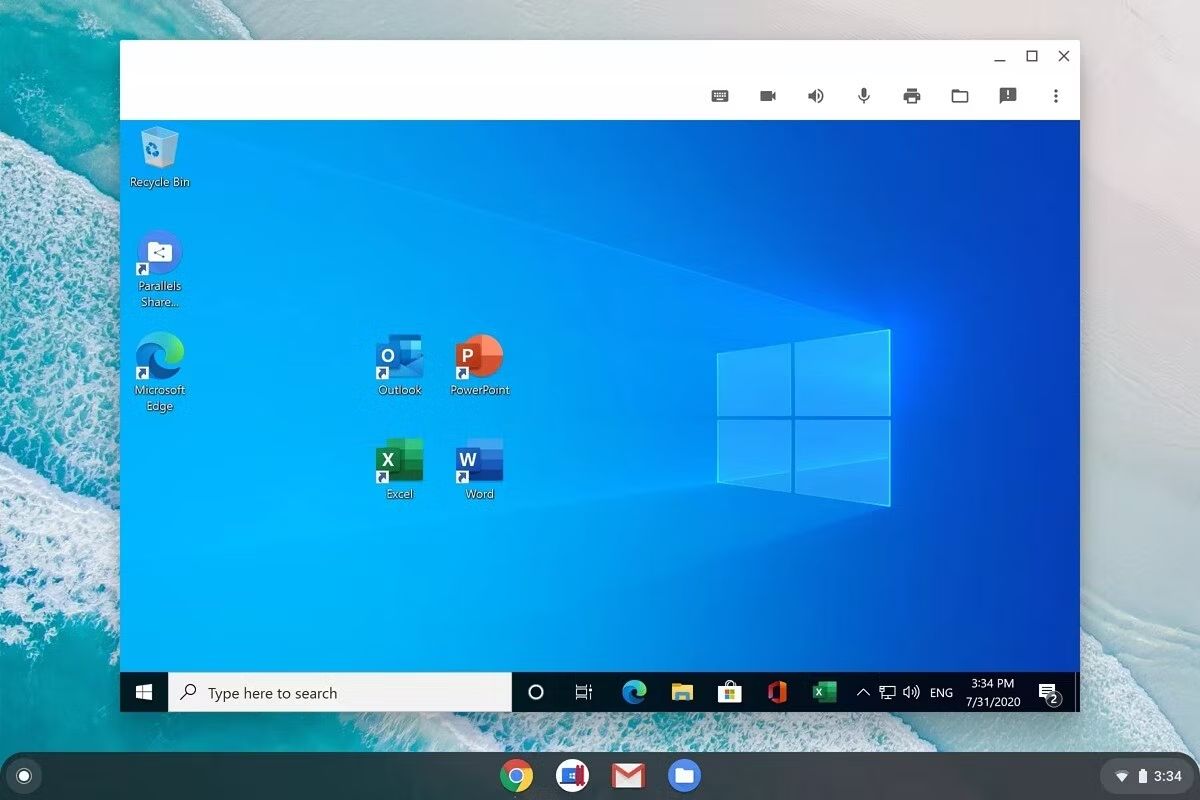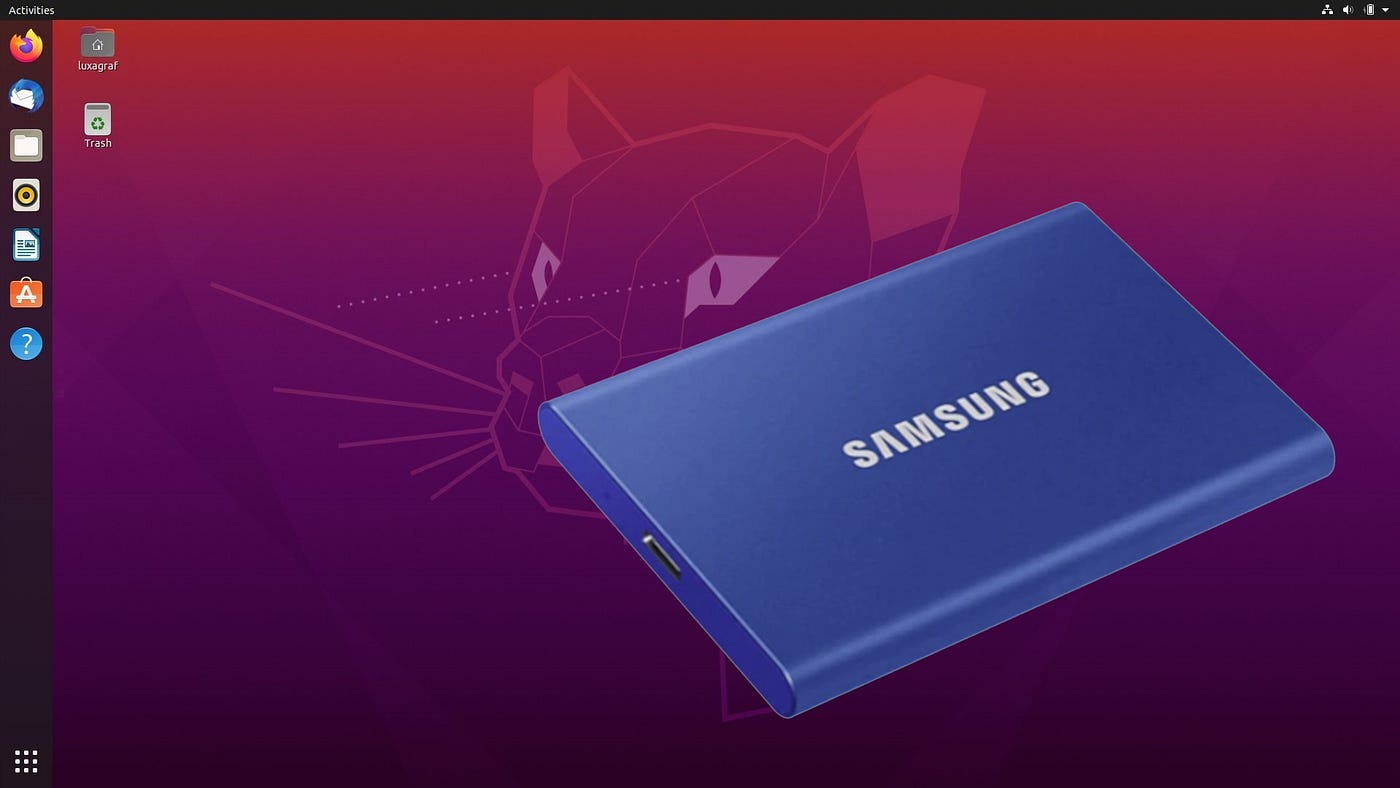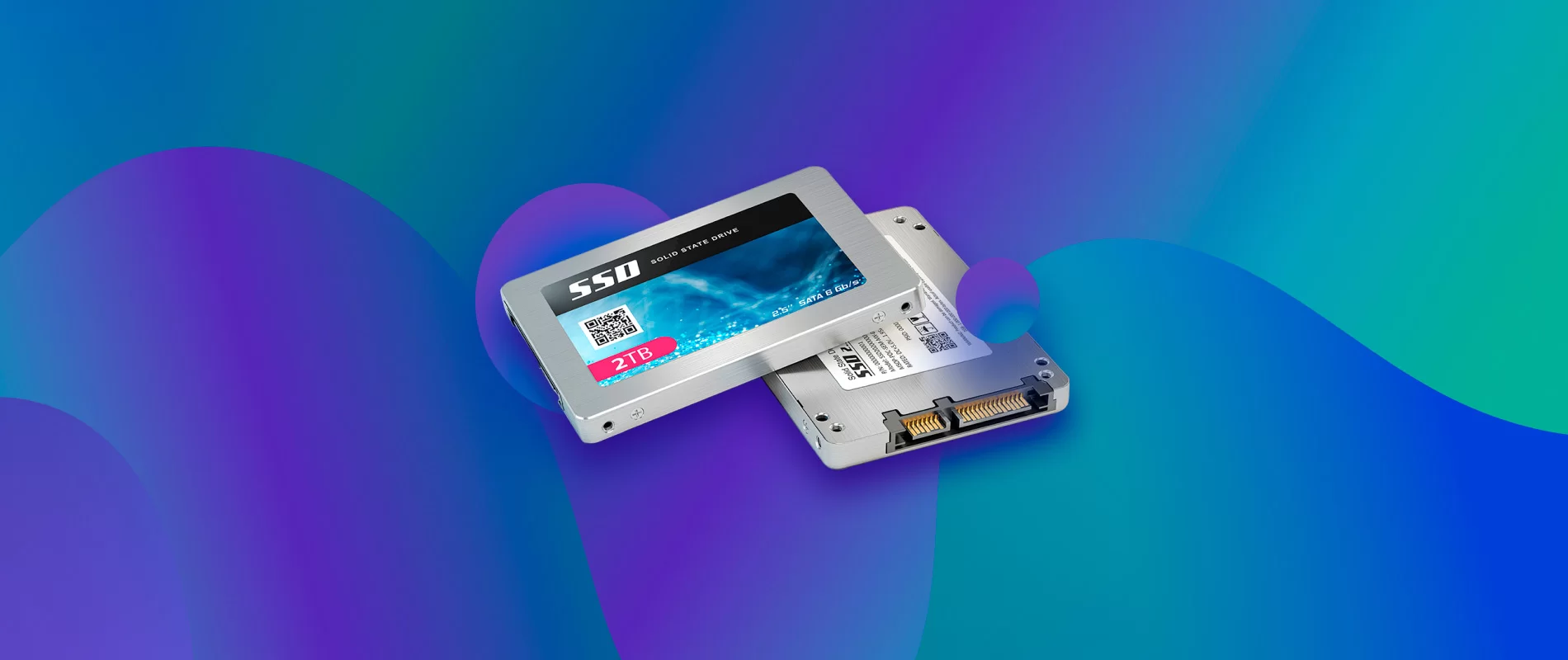In today’s digital age, data is the backbone of any operation, making robust backup solutions not just an option but a necessity. For Linux users, the quest for the perfect cloud backup solution entails finding a service that marries compatibility, features, pricing, and ease of use. This article delves into popular cloud backup services like Backblaze, Dropbox, and Google Drive, offering Linux users a comprehensive guide to safeguarding their data in the cloud.
Why Cloud Backup?
Cloud backup services offer several advantages over traditional backup methods, such as external hard drives or local servers. These include ease of access, enhanced security features, scalability, and redundancy. For Linux users, who often juggle various distributions and configurations—from downloading Kali Linux on Windows for security testing to installing Google Chrome on Linux Mint for web browsing—finding a cloud service that seamlessly integrates with their ecosystem is crucial.
Backblaze
Backblaze stands out for its simplicity and unlimited storage. It’s a go-to for users looking for a set-it-and-forget-it solution. Let’s dive into its offerings:
- Features: Backblaze offers unlimited backup space, automatic or scheduled backups, and file versioning, which is perfect for Linux users who frequently tweak and test their systems.
- Pricing: A straightforward pricing model makes Backblaze appealing. For a single device, users can expect to pay a flat monthly, yearly, or bi-yearly fee, which is competitively priced.
- Ease of Use: With a minimalist interface, Backblaze is incredibly user-friendly. Installation is straightforward, reminiscent of how to check RAM memory in Linux—simple and to the point.
Dropbox
While primarily seen as a file-sharing service, Dropbox offers robust backup features that are well-suited for Linux users. Its selective sync feature allows users to choose which files or directories to back up, making it a flexible choice for Linux environments.
- Features: Dropbox’s strength lies in its file synchronization capabilities, allowing users to access their data from any device, anywhere. Additional features include file versioning, sharing options, and extensive third-party app integrations.
- Pricing: Dropbox offers a tiered pricing strategy, including a free basic plan with limited storage. Its professional plans, suitable for heavier usage, are priced competitively and offer substantial storage space.
- Ease of Use: The service is known for its intuitive design. Setting it up on Linux is hassle-free with just a few commands or clicks, and you’re up and running.
Google Drive
Google Drive is a favorite among users who prefer an integrated suite of productivity tools alongside their backup solution. Its compatibility with Google’s ecosystem makes it a compelling choice for users who leverage Google services for work or personal use.
- Features: Beyond backup, Google Drive offers collaboration tools, powerful search capabilities, and excellent compatibility with various file types. Its integration with Google Photos, Docs, Sheets, and Slides adds to its allure.
- Pricing: Google Drive provides a generous amount of free storage, with the option to upgrade to Google One for more space and additional features. Its pricing is flexible, designed to cater to individual users and businesses alike.
- Ease of Use: Google Drive’s user interface is straightforward, making file management a breeze. For Linux users, it integrates well with the system, especially when managing backups alongside tasks like how to check CPU usage in Linux.
Key Considerations for Linux Users
When choosing a cloud backup service, Linux users should consider the following:
- Compatibility: Ensure the service offers a Linux client or supports Linux systems through third-party tools or web access.
- Security: Look for services that provide strong encryption for data in transit and at rest.
- Backup and Restore Features: Evaluate the ease of setting up backups, scheduling, and restoring data. The ability to set it and forget it, much like when running commands to check RAM memory in Linux or CPU usage, is crucial.
- Pricing: Consider the cost relative to the storage offered and any additional features that come with the service.
Conclusion
The cloud backup solution landscape for Linux users is rich and varied, with options to suit different needs and preferences. Whether it’s the unlimited storage of Backblaze, the synchronization prowess of Dropbox, or the integrated productivity tools of Google Drive, Linux users have robust options at their disposal.
Incorporating cloud backups into your Linux setup can be as seamless—it’s all about choosing the right tool for the job. With the insights provided here, you’re well on your way to safeguarding your data against loss and ensuring that your digital life remains secure and easily accessible, no matter where you are or what Linux distribution you favor.














![How to Turn On Developer Mode on Chromebook [Step-by-step Guide]](https://robots.net/wp-content/uploads/2020/09/chrome-os-developer-mode-1-300x200.jpg)










